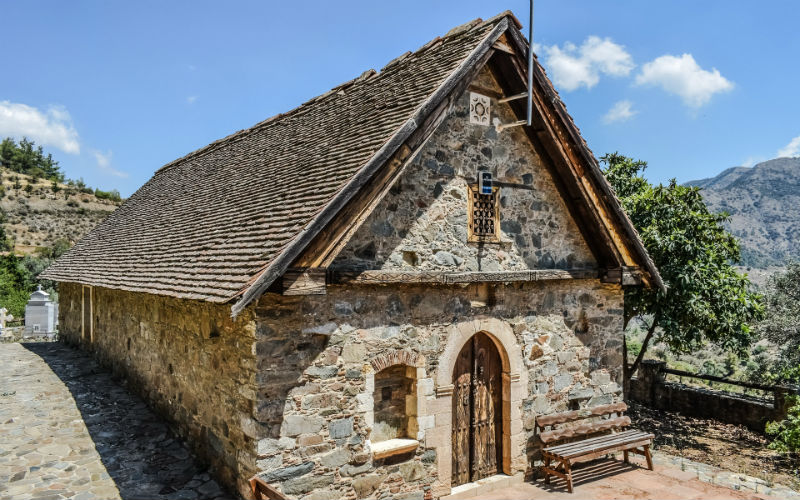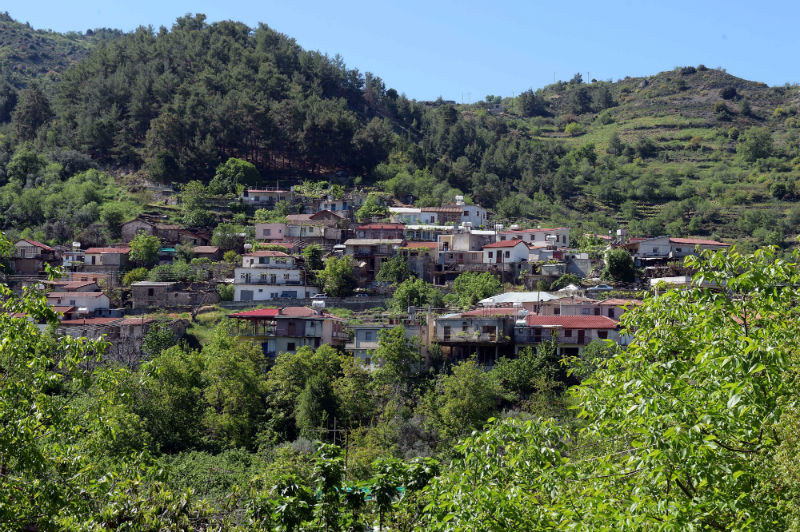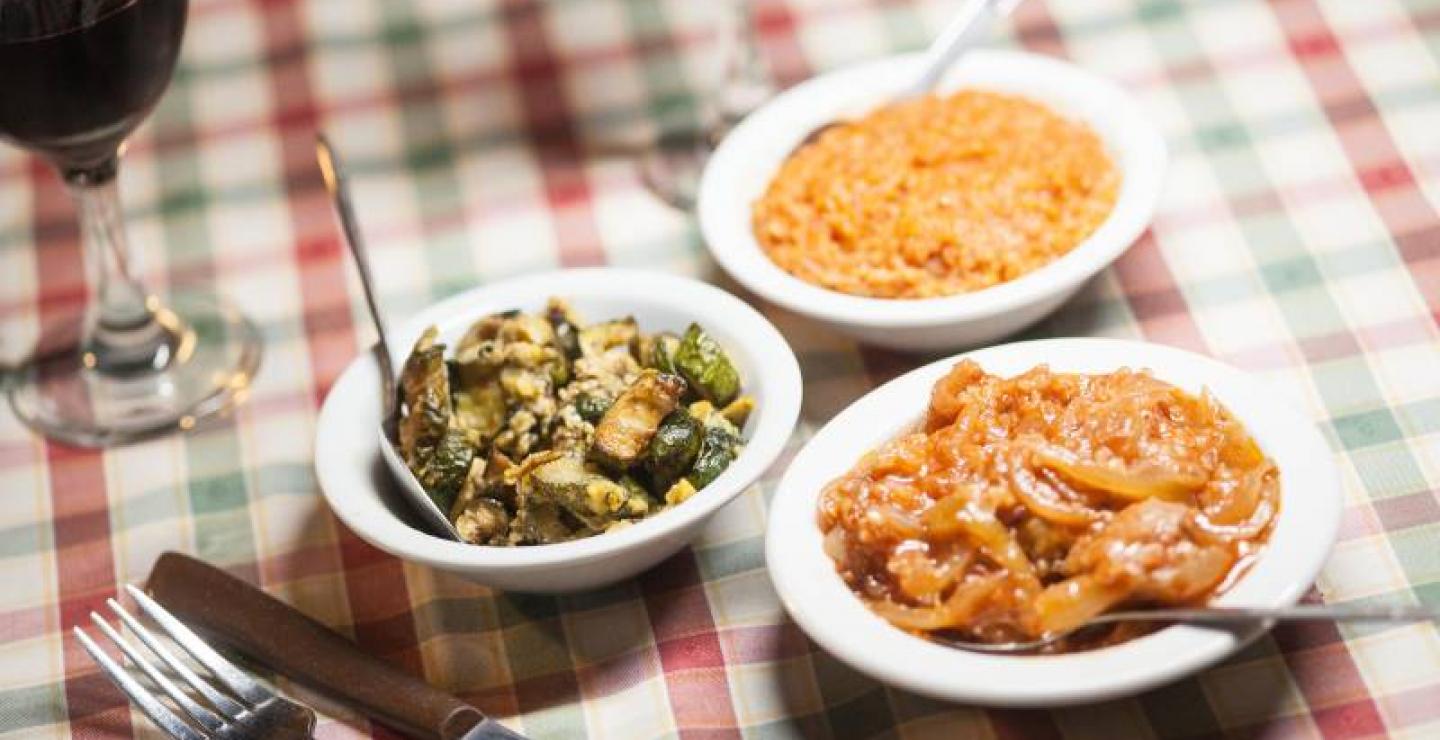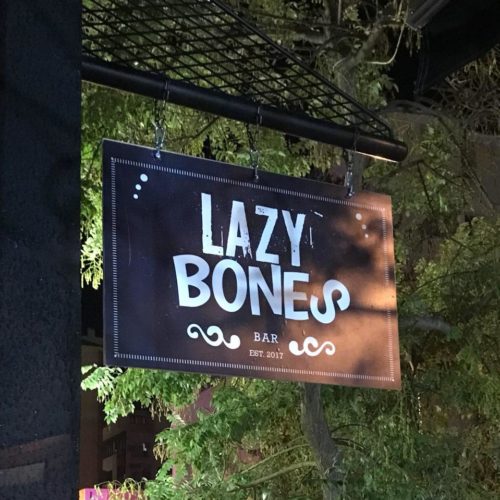Nicosia’s Rural Villages

Nicosia may be the bustling capital of the island, but its surrounding villages offer an ideal opportunity to get away from the busy city centre and enjoy the wildlife and rural, traditional villages among it.
MyCyprusTravel has selected five of Nicosia’s rural villages, all approximately half an hour to an hour’s drive away from the city centre. It is here where you will see authentic Cypriot lifestyle and traditional communities.
Spilia Village
The village of Spilia is surrounded by a forest and is at the intersection of six roads which lead to its surrounding villages, making it an ideal location to ‘set camp’ and explore the area.
The village’s history begins two thousand years ago with several Roman tombs that have been discovered in the area. The village also features a monastery built in the sixteenth century which hosts ancient Byzantine icons and frescos of the same century.
In 1850, Spilia acquired a church, while in 1984, one of the region’s most important olive mills was erected. Both of these are great to visit and can easily be combined with a walk on one of the 12 nature trails that either pass through the village or begin in close proximity.
During the year, many traditional events take place in the village square during which you can get acquainted with the local culture and products. Should you not be on the island to experience one of these events, the village is also home to two museums: the Popular Art Museum and the Museum of the Shoemaker Christos Chrysanthou.
Alona Village
Found in between the Madari and Papoutsa Mountain, Alona village lies in a unique green valley of hazelnuts. It is here you will find all sorts of fruit plantations and thus an abundant selection of fruit almost all year round.
The modern Cypriot painter Telemachos Kanthos had a house in the village, and many of his oil paintings have been inspired by the surrounding mountain scenery.
Dotted with old workshops of folk craftsmen who once resided in the village, Alona annually hosts a festival to mark the feast day of the Dormition of the Mother of God. This event involves traditional Cypriot music and food.
The village also hosts two very old churches, the main one being Saint George (who is the patron of the village) which is home to a unique icon of the saint. The other is the ancient church of Panayia Kardakiotissas.
Askas Village
Known for its viniculture, vegetable and fruit plantations, the village is also popular for its olive, hazelnut, walnut and almond trees.
Legend has it that the village was named after Manolis Askas, a rich landowner in 1462.
There are four important churches in the village, one being the medieval church of Saint John the Baptist, dating back to the sixteenth century, the others being the church of the Holy Cross and two churches set on the outskirts of the village: Ayia Paraskevi and Ayia Christina, which date back to 1411.
For avid hikers, the village is the starting point of two nature trails.
Xyliatos Village
The village of Xyliatos has always been a hub for residents practicing traditional professions, such as chair makers, bakers, builders, beekeepers and lumberjacks. Yet nowadays, its most popular attraction is the Xyliatos Dam found aside the village. Both locals and foreigners make a great day excursion to this locale and enjoy the peaceful surroundings and beauty of the dam itself.
Xiliatos also hosts a popular picnic area near the dam which has all the necessary amenities, with a nature trail starting at the heart of the picnic area.
The main church of the village is dedicated to Ayios Mamas and has recently been completely restored.
According to tradition, a cave found at the southern edge of the village was the place where Ayios Mamas used to live.
Lazania Village
One of the smallest villages of Nicosia, Lazania is very quaint and has seen very little development since yesteryear. Its winding cobbled streets bring you through the village which is divided in two by the main road crossing it.
It’s impossible to miss the village’s church, which is of imposing beauty and significant archaeological value. The church of Ayios Georgios dates back to the beginning of the nineteenth century and is one of the most important reasons why somebody should visit this village.




